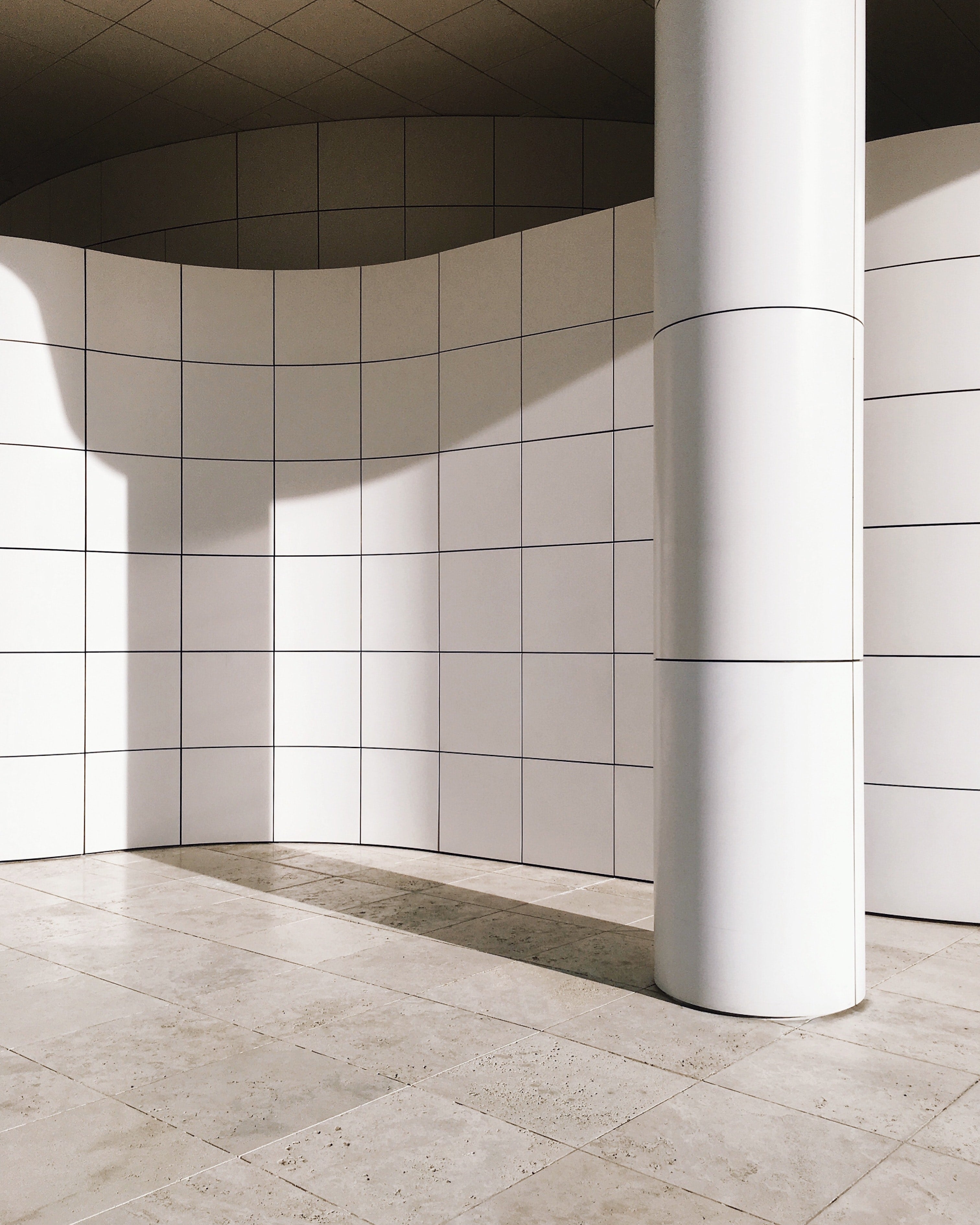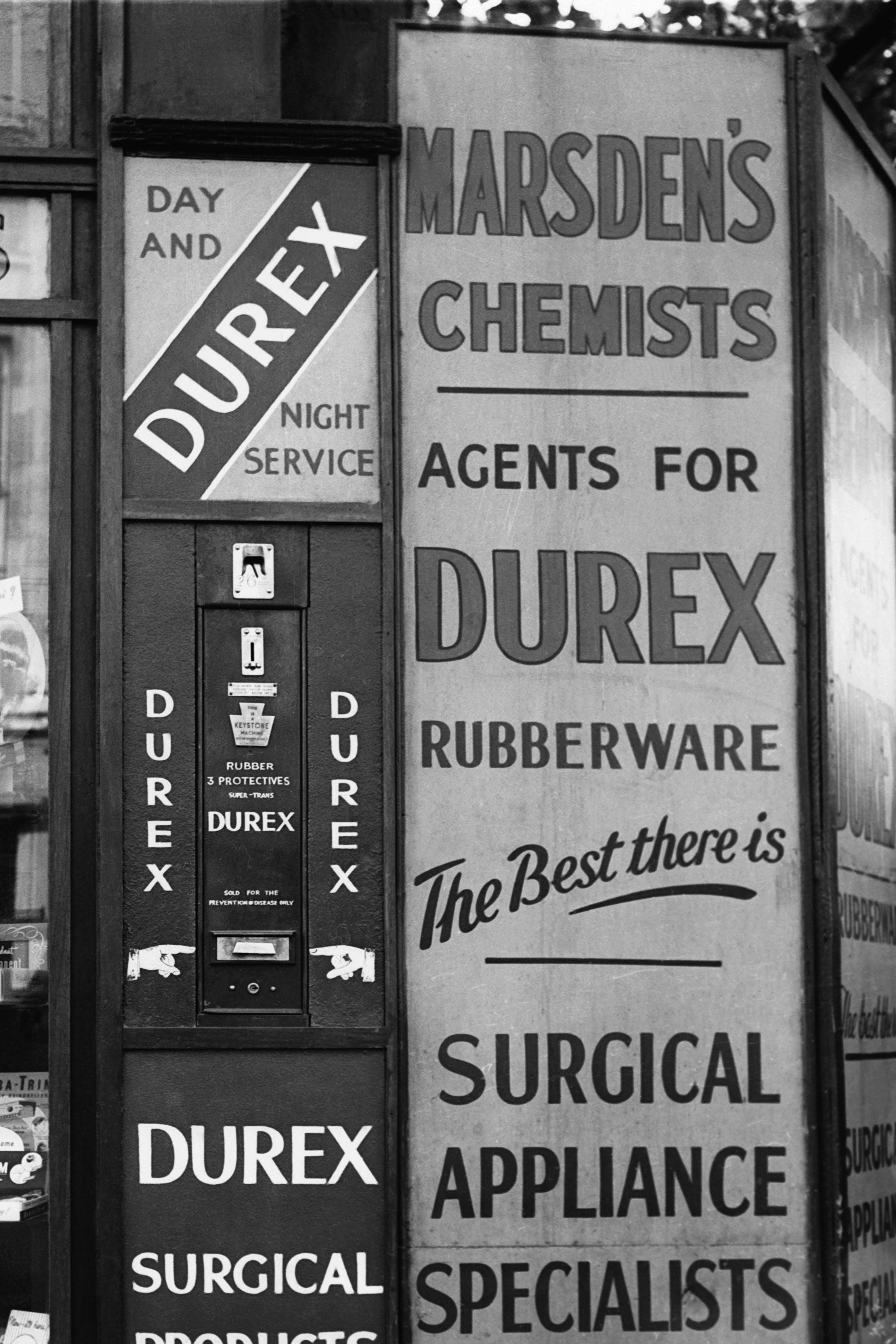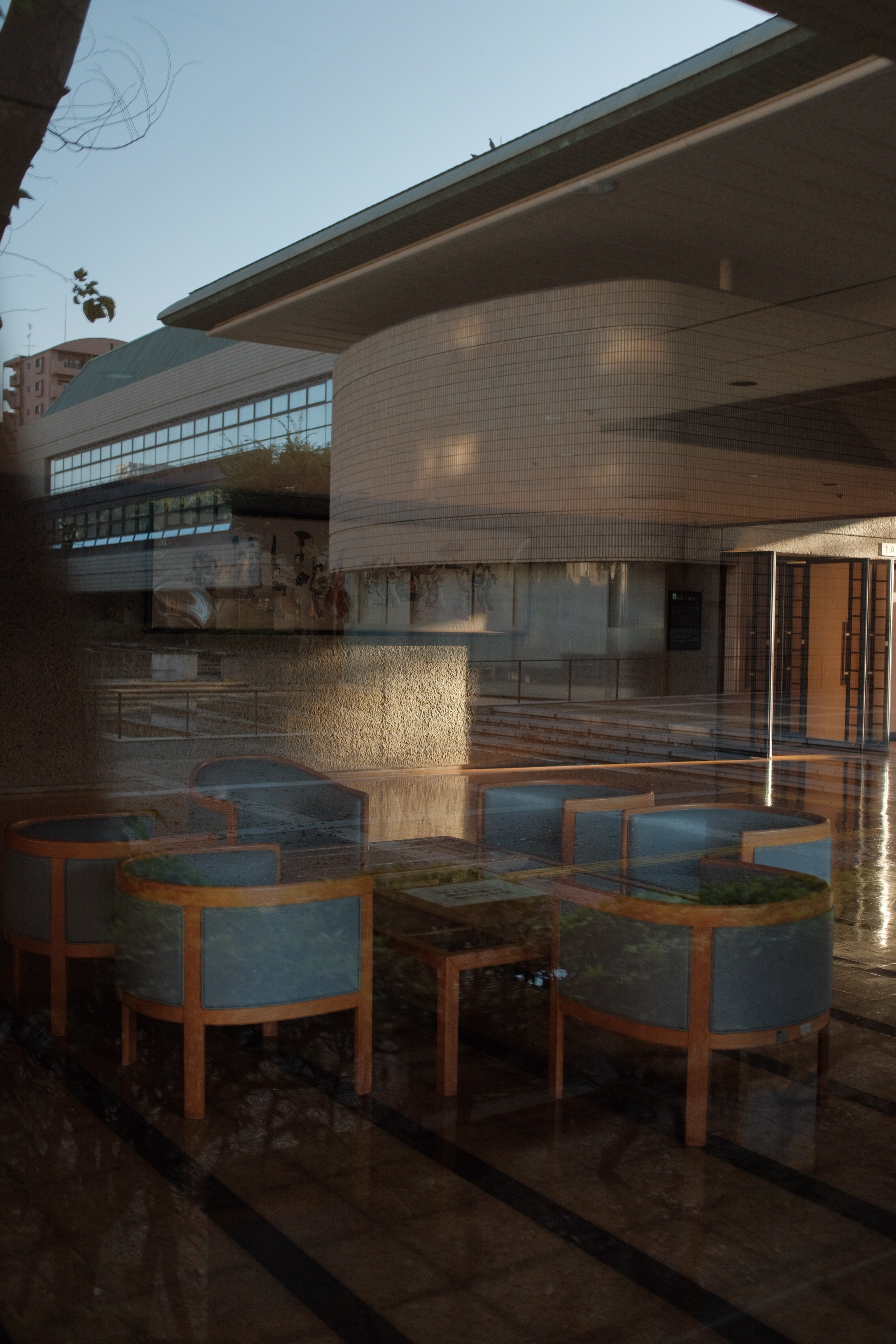What could pleasure-positive sex ed look like?

Sex Education 2.0
Alarmingly enough, formalized sex education curricula across the United States still consist of Coach Carr-like diatribes (“Don’t have sex. You will get pregnant. And die.”). According to non-profit SEICUS (Sex Ed For Social Change), 30 U.S. states require schools to emphasize the importance of abstinence in any sex ed course, only 5 states have laws requiring comprehensive sex education (CSE), and a whopping 13 states do not require instruction to be age-appropriate, culturally responsive, evidence-based, or — get this — medically accurate.
It should come as no surprise, then, that pleasure rarely makes it onto the docket. Educators, parents, students, and governing bodies all want different things out of traditional sex ed — be it an emphasis on abstinence, on sexual health, on birth control, or, well, anything else. And for a number of these constituents, the fear in a pleasure-positive curriculum is that it’ll encourage premature sexual activity amongst young folks looking to explore their bodies. Of course, it’s never quite so simple as that. A sexual education that doesn’t promote pleasure generally skews male centric, ultimately underscoring the fact that sex can and should feel good for merely 50% of the population.
On the contrary, according to Planned Parenthood, data shows that students who receive a comprehensive sex education are a) choosing to have sex at a later age, and b) more likely to use birth control when they do have sex. Moreover, the same reports indicated that young adults who learn to approach sex as a process of giving and receiving are more likely to approach relationships on the whole with a sense of reciprocity. And additionally, a pleasure positive, shame-free approach to sex education provides students with the capacity to engage in more candid dialogue, and ask more intentional, uninhibited questions about sex.
What’s more, a pleasure positive sex education program is also critical to helping young people to understand their own bodies. According to a study from gynecological cancer charity The Eve Appeal, 6 out of 10 of women can correctly label the anatomy of the male body, but only a third can correctly map the female anatomy. However, In a study commissioned by Smile Makers at the end of 2020 surveying 1,000 of women over the age of 20, women who had received pleasure-positive sex education described themselves as being16% more likely to say they know their body well sexually and 20% more likely to say that their partner knows their body well.
There is work to be done to rectify the gaping holes in traditional sex ed. Legislation like The Real Education and Access for Healthy Youth Act (REAHYA), an act that hopes to provide the first-ever federal funding for comprehensive sex education, provides a glimpse into a future where all young people have access to safe, quality sex ed. REAHYA focuses on a number of specific goals — including, eliminating funding for failed abstinence-only “Sexual Risk Avoidance” programs (and redirecting that money to fund programs that support LGBTQ+ youth); providing grants to increase access to sexual and reproductive health care for marginalized young people; and offering guidance on how to best support safe and healthy learning environments promoting inclusivity, respect and critical thinking.
So what, exactly, can you do to usher the act along? Write to your representatives, help raise awareness, attend rallies, and stay up to date on further opportunities for involvement through the SEICUS website.



